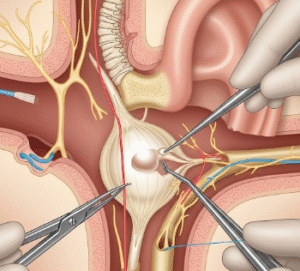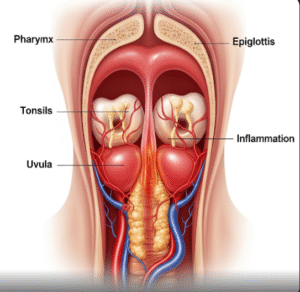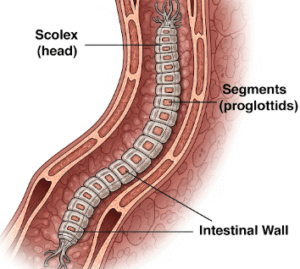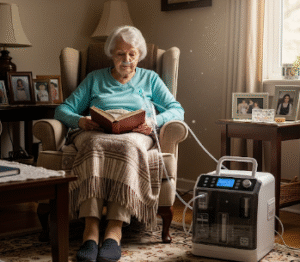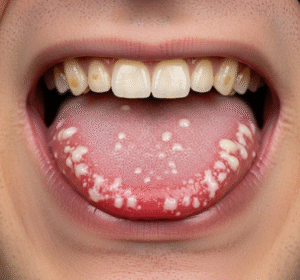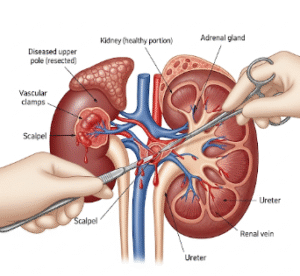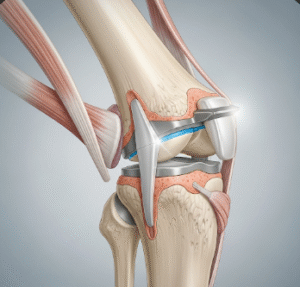Overview
Clitoris pain, medically referred to as clitorodynia, is a condition characterized by persistent or recurrent pain, discomfort, or hypersensitivity in the clitoral region. It can affect women of all ages and may interfere with daily activities, sexual function, and overall quality of life.
In South Korea, gynecology and sexual health clinics provide comprehensive evaluation and treatment for clitorodynia, combining diagnostic assessment, medication, therapy, and lifestyle modifications tailored to the patient’s condition.
Key Facts
Highlights:
➡️ Clitorodynia can be localized (clitoral only) or generalized (spreading to vulvar areas).
➡️ Pain may be sharp, burning, throbbing, or hypersensitive, sometimes aggravated by touch, sexual activity, or tight clothing.
➡️ Causes range from infections, trauma, dermatologic conditions, nerve issues, or hormonal imbalances.
➡️ Treatment focuses on addressing underlying causes, reducing discomfort, and improving sexual and daily functioning.
➡️ South Korea provides specialized gynecologic and pelvic pain clinics, including options for multidisciplinary care.
What is Clitoris Pain (Clitorodynia)?
Clitorodynia refers to persistent or recurrent pain localized to the clitoris, often without an obvious cause.
Key characteristics:
- Pain Type: Can be burning, throbbing, sharp, or hypersensitive to touch
- Duration: May last minutes, hours, or persist chronically
- Aggravating Factors: Sexual activity, clothing friction, or prolonged sitting
- Associated Symptoms: Redness, swelling, or heightened sensitivity
Clitorodynia is distinct from general vulvodynia as it is primarily localized to the clitoral region.
What Symptoms are Related to Clitorodynia?
Symptoms often accompany clitoral pain and may include:
- Burning or stinging sensation in the clitoral area
- Pain during sexual intercourse or masturbation
- Hypersensitivity or allodynia where light touch causes pain
- Swelling or redness in some cases
- Psychological distress, including anxiety or embarrassment due to pain
Highlights:
➡️ Symptoms can interfere with sexual activity and intimate relationships.
➡️ Persistent pain may lead to sleep disturbances, stress, or reduced quality of life.
➡️ Early evaluation helps identify underlying causes and guide effective treatment.
What Causes / Possible Causes of Clitorodynia?
Highlights:
➡️ Infections: Yeast infections, bacterial infections, or sexually transmitted infections causing irritation.
➡️ Dermatologic Conditions: Lichen sclerosus, eczema, or contact dermatitis.
➡️ Trauma or Injury: Physical trauma from sexual activity, accidents, or surgery.
➡️ Neuropathic Causes: Nerve entrapment, pudendal neuralgia, or neuropathic hypersensitivity.
➡️ Hormonal Imbalances: Menopause, low estrogen, or other endocrine disorders.
➡️ Psychological Factors: Stress, anxiety, or prior trauma may exacerbate perception of pain.
➡️ Medication-Induced: Some medications may increase sensitivity or cause genital discomfort.
➡️ Mechanism: Pain arises due to nerve irritation, inflammation, or hypersensitivity of the clitoral tissue, often amplified by friction or pressure.
When Should I See My Doctor?
Highlights:
➡️ If clitoral pain is persistent or recurrent, especially interfering with daily activities or sexual function.
➡️ If associated with redness, swelling, discharge, or signs of infection.
➡️ If pain is severe or worsening, evaluation is needed to rule out neuropathic or systemic causes.
➡️ If psychological distress occurs, addressing mental health is also recommended alongside medical treatment.
➡️ Prompt consultation ensures early diagnosis, relief of discomfort, and prevention of chronic pain.
Care and Treatment
Treatment depends on the underlying cause and severity of clitorodynia:
Highlights:
➡️ Topical Treatments:
- Numbing creams or lidocaine patches for temporary relief
- Anti-inflammatory or antifungal creams if infection is present
➡️ Medication:
- Neuropathic pain medications (gabapentin, pregabalin) for nerve-related pain
- Hormonal therapy if pain is linked to estrogen deficiency
➡️ Physical Therapy:
- Pelvic floor therapy to reduce muscle tension and nerve irritation
- Biofeedback and relaxation techniques
➡️ Lifestyle Measures:
- Avoid tight clothing or prolonged friction
- Gentle hygiene practices and avoidance of irritants
- Stress management and relaxation techniques
➡️ Psychological Support:
- Counseling for anxiety, stress, or trauma-related exacerbation
- Sexual therapy to improve confidence and intimacy
➡️ Surgical or Interventional Options: Rarely considered for severe, treatment-resistant cases under specialist guidance.
Treatment Options in Korea
South Korea provides specialized care for clitorodynia, including:
Highlights:
➡️ Gynecology and Vulvar Pain Clinics: Comprehensive assessment for infections, dermatologic issues, and hormonal factors.
➡️ Neurology & Pain Management Clinics: Evaluation and management of neuropathic causes, including nerve entrapment and pudendal neuralgia.
➡️ Pelvic Floor Physical Therapy: Skilled therapists provide exercises and techniques to reduce nerve and muscle tension.
➡️ Multidisciplinary Approach: Collaboration among gynecologists, neurologists, physical therapists, and psychologists for holistic care.
➡️ Medical Tourism Support: Multilingual consultations, personalized treatment plans, and follow-up care for international patients.
➡️ Advanced Therapies: Access to topical therapies, neuromodulation techniques, and minimally invasive interventions when required.


